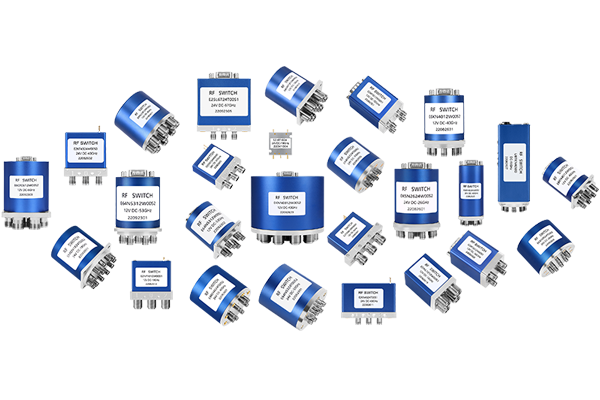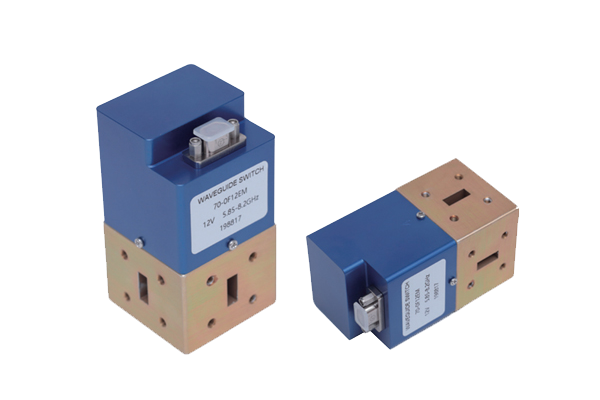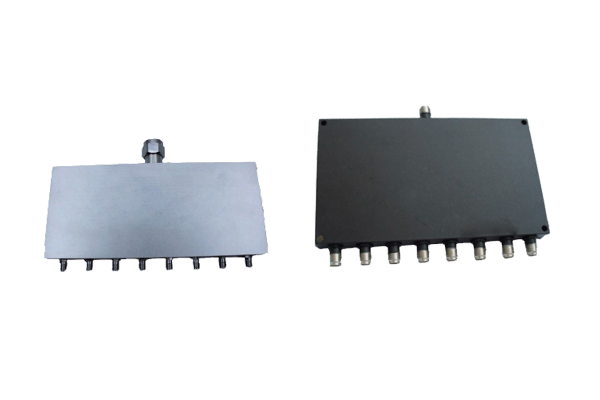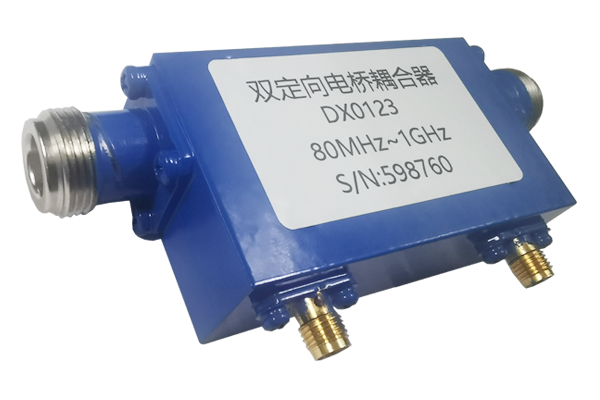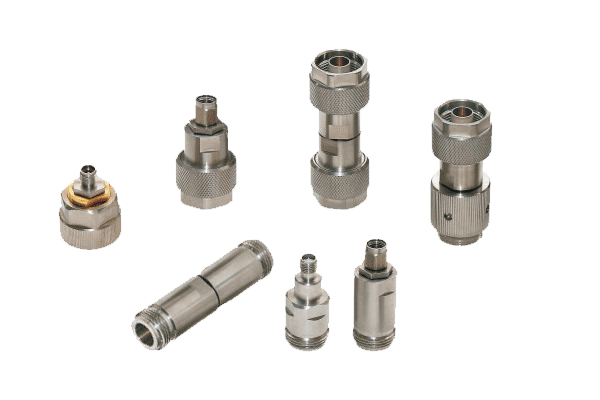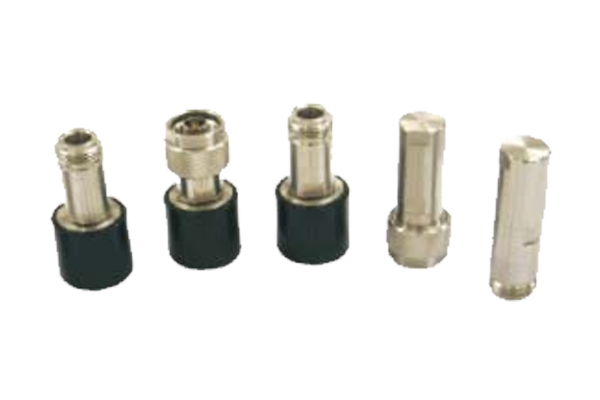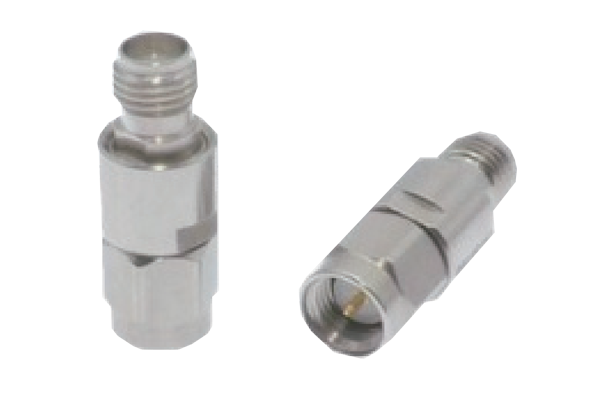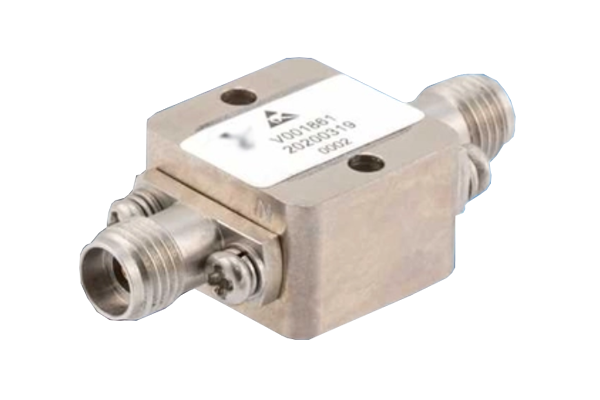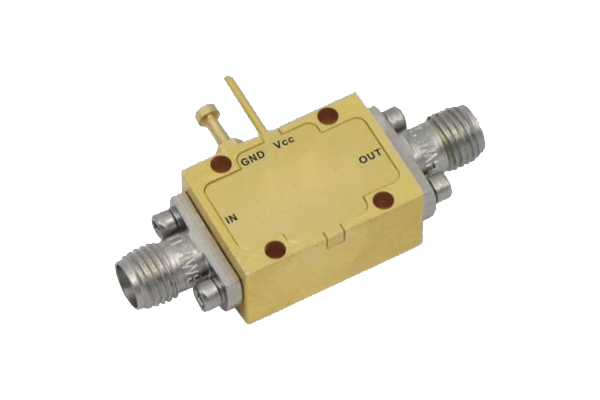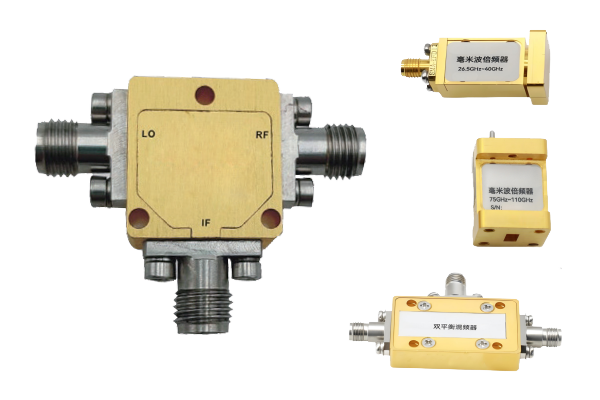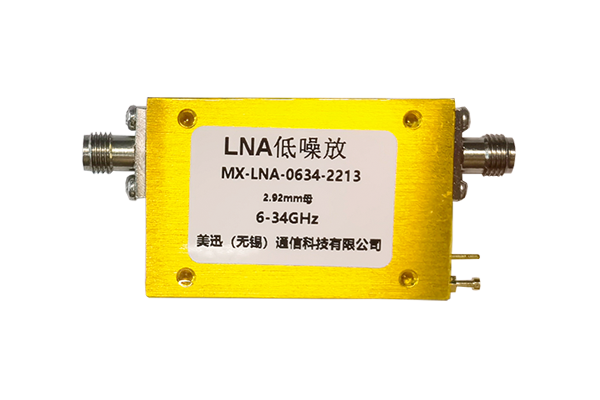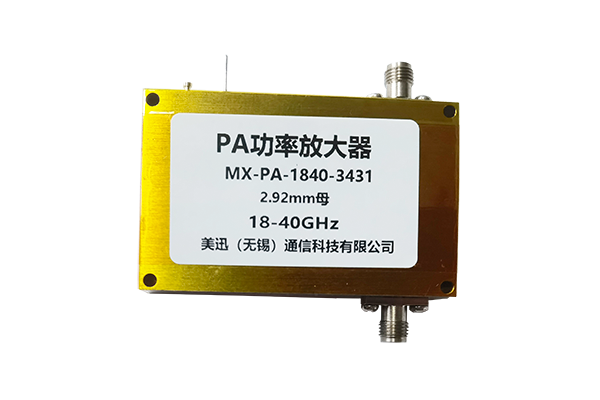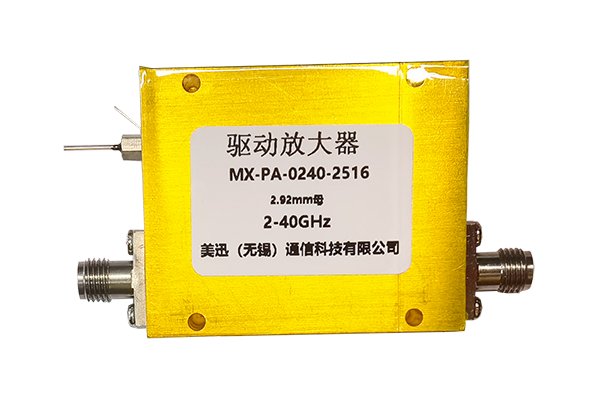Does the RF Low Noise Amplifier start quickly
RF Low Noise Amplifier
Achieving Rapid Startup Through Optimized Power Management and Circuit Design
Power Management for Rapid Activation
The RF Low Noise Amplifier is designed for quick startup, with power management systems optimized to minimize activation delays. Their power circuits use efficient regulators that stabilize voltage rapidly once powered on, avoiding prolonged ramp-up times.
Unlike amplifiers with complex power sequencing requirements, these LNAs simplify power delivery, ensuring critical components receive stable voltage almost instantly. This streamlined power design eliminates unnecessary latency, allowing the amplifier to reach operational readiness quickly after being switched on.
Simplified Biasing Circuits
Quick startup is further enabled by simplified biasing circuits. The RF Low Noise Amplifier uses tailored biasing networks that rapidly set the operating point of active components, such as transistors.
By reducing the complexity of biasing paths, the circuit avoids slow charge-discharge cycles that would delay activation. The biasing components—like resistors and capacitors—are chosen for fast response, ensuring the transistor's operating conditions stabilize swiftly, allowing the amplifier to begin amplifying signals without significant lag.
Low-Latency Component Selection
Component selection plays a key role in rapid startup. The RF Low Noise Amplifier uses active devices with fast turn-on characteristics, such as transistors with minimal gate delay.
Passive components, including capacitors and inductors, have low parasitic effects, reducing signal propagation delays within the circuit. These components work together to minimize the time between power application and full operational capability, ensuring the amplifier responds quickly to input signals once activated.
Practical Performance in Dynamic Systems
In real-world applications, the quick startup of the RF Low Noise Amplifier is critical for systems requiring rapid deployment or frequent on-off cycles, such as portable communication devices, radar systems, or test equipment.
They avoid the long warm-up periods seen in some high-power amplifiers, enabling immediate signal processing when needed. This responsiveness ensures minimal downtime between activation and operation, making them well-suited for scenarios where instant performance is essential to system functionality.
Key Startup Performance Qualifications
- Optimized Power Management: Efficient regulators that stabilize voltage rapidly, minimizing activation delays in the RF Low Noise Amplifier.
- Streamlined Power Delivery: Simplified power sequencing that ensures critical components receive stable voltage almost instantly.
- Fast Biasing Networks: Tailored biasing circuits that rapidly set transistor operating points without slow charge-discharge cycles.
- Low-Latency Components: Active devices with fast turn-on characteristics and minimal gate delay for the RF Low Noise Amplifier.
- Reduced Parasitic Effects: Passive components selected to minimize signal propagation delays within the circuit.
- Minimal Warm-up Period: Elimination of long initialization times seen in some high-power amplifiers.
- Rapid Deployment Capability: Essential for portable communication devices and systems requiring frequent on-off cycles.
- Immediate Signal Processing: Ability to begin amplifying signals without significant lag after activation.
- Dynamic System Compatibility: Well-suited for radar systems and test equipment where instant performance is essential.
The RF Low Noise Amplifier achieves exceptional startup performance through optimized power management, simplified biasing circuits, and careful component selection. This rapid activation capability makes it ideal for dynamic applications where immediate operational readiness is critical to system performance and reliability.



